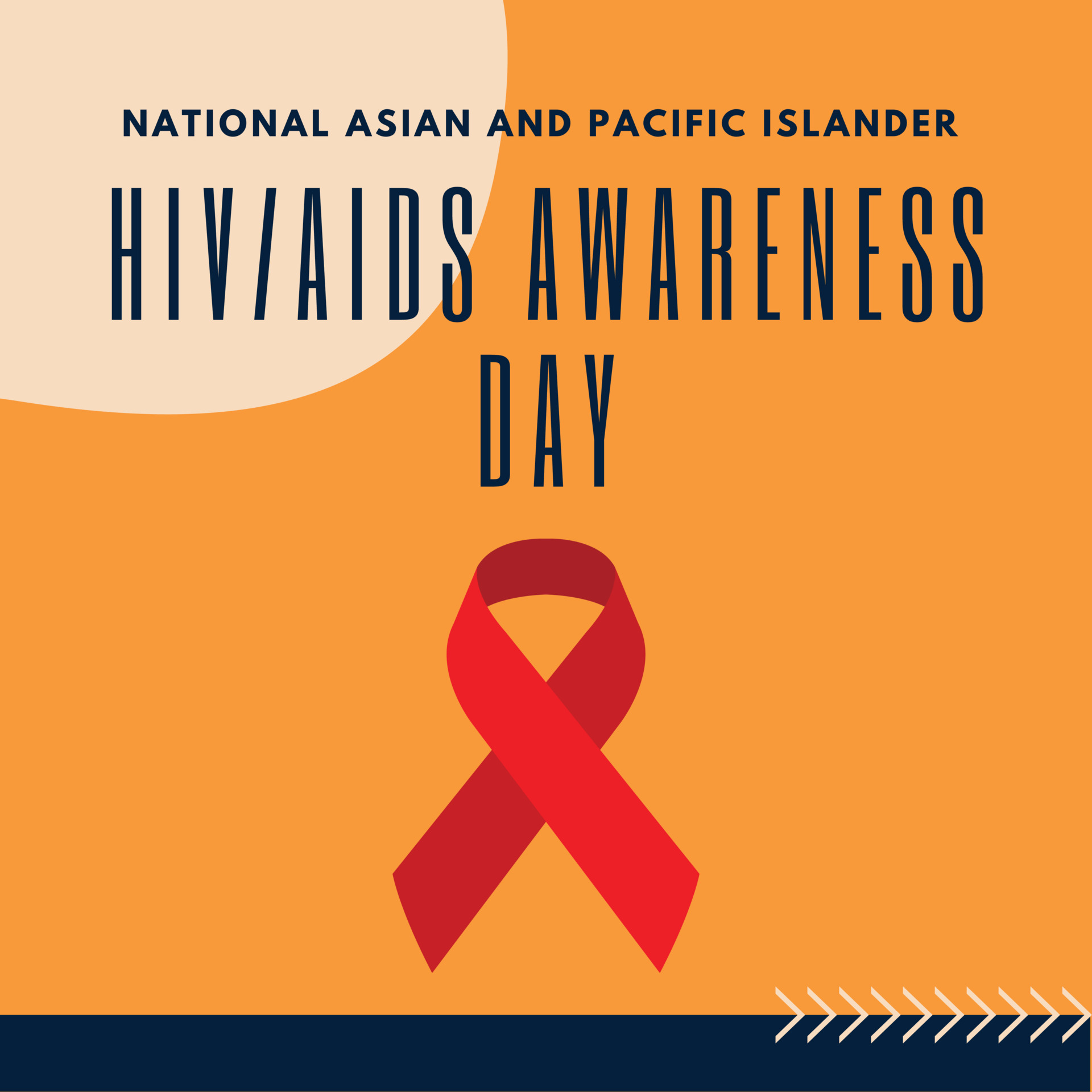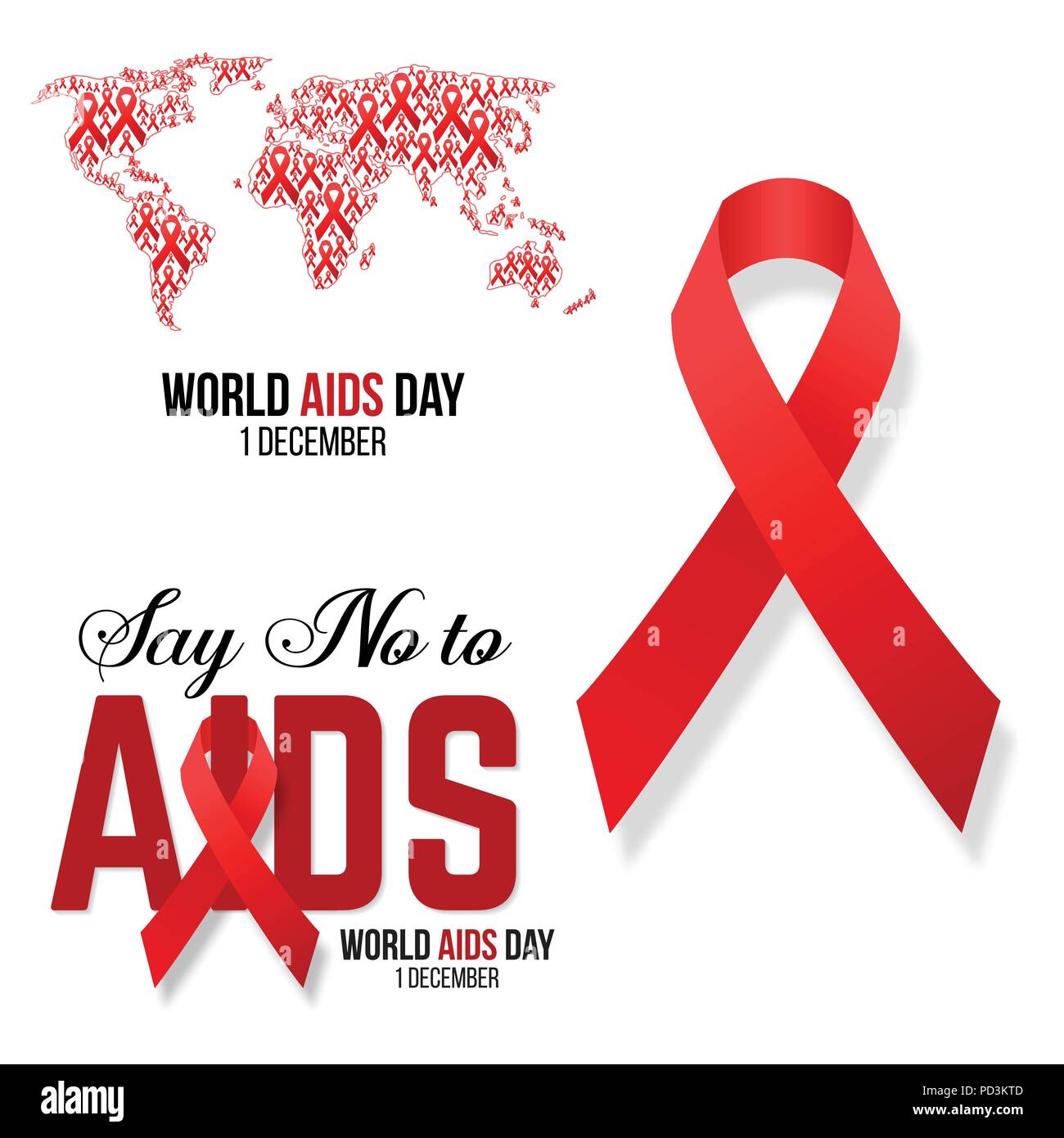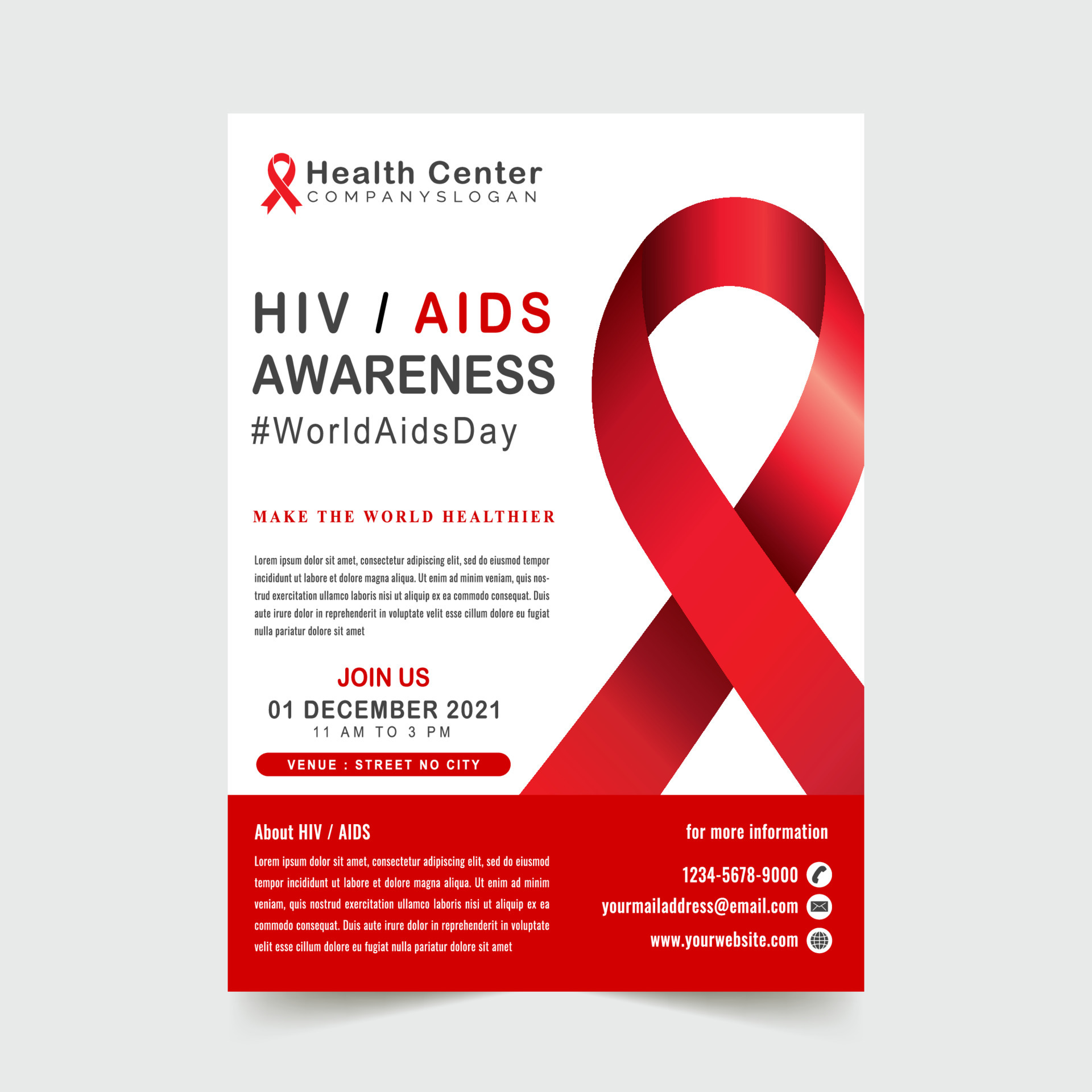Roberto Piazza: Fashion Designer and Advocate for HIV/AIDS Awareness
Roberto Piazza is an Argentine fashion designer and a prominent advocate for HIV/AIDS awareness.
Editor's Note: Roberto Piazza: Fashion Designer and Advocate for HIV/AIDS Awareness was published today. This topic is important to read because it highlights the work of a dedicated individual who is using his platform to raise awareness about a critical health issue.
We've done the research, analyzed the data, and put together this guide to help you understand Roberto Piazza: Fashion Designer and Advocate for HIV/AIDS Awareness so you can make the best decision for yourself.
| Key Differences | Roberto Piazza: Fashion Designer and Advocate for HIV/AIDS Awareness |
|---|---|
| Occupation | Fashion designer and HIV/AIDS advocate |
| Known for | His fashion designs and his work to raise awareness about HIV/AIDS |
| Awards and recognition | Numerous awards for his fashion designs and his work in HIV/AIDS awareness |
Roberto Piazza's Fashion Career
Roberto Piazza began his fashion career in the 1980s. He quickly gained recognition for his unique and innovative designs. His clothes are often described as being glamorous, feminine, and sophisticated.
Roberto Piazza's HIV/AIDS Advocacy
In the early 1990s, Roberto Piazza was diagnosed with HIV. This diagnosis led him to become a vocal advocate for HIV/AIDS awareness. He has used his platform as a fashion designer to raise awareness about the disease and to fight against stigma and discrimination.
Roberto Piazza's work with HIV/AIDS awareness is a powerful reminder of the importance of using one's platform to make a difference. His dedication to this cause is an inspiration to us all.

23rd Annual Mon Valley HIV/AIDS Awareness Walk - HSCMV - Source hscmonvalley.org
Roberto Piazza: Fashion Designer And Advocate For HIV/AIDS Awareness
Roberto Piazza is a world-renowned fashion designer and passionate advocate for HIV/AIDS awareness. Here are some frequently asked questions about his work and advocacy:

Meet Mondo Guerra: Fashion Designer and HIV advocate | People en Español - Source peopleenespanol.com
Question 1: What inspired you to become an HIV/AIDS advocate?
Roberto Piazza's personal experiences with HIV/AIDS motivated him to become an advocate. He lost several friends to the disease and witnessed the stigma and discrimination faced by those living with HIV. He felt compelled to use his platform as a fashion designer to raise awareness and challenge misconceptions about the virus.
Question 2: How do you use fashion to promote HIV/AIDS awareness?
Roberto Piazza incorporates HIV/AIDS awareness messages into his fashion designs. He uses bold colors, symbolic patterns, and thought-provoking slogans to convey messages about prevention, testing, and support for those affected by HIV/AIDS.
Question 3: What are the key messages you want to communicate through your advocacy?
Roberto Piazza emphasizes the importance of education and prevention. He believes everyone should have access to accurate information about HIV/AIDS, and that reducing stigma is crucial for promoting testing and care.
Question 4: How can individuals contribute to the fight against HIV/AIDS?
Roberto Piazza encourages individuals to educate themselves about HIV/AIDS, challenge stigma, and support organizations working to fight the disease. He believes that collective action is essential to creating a world where everyone affected by HIV/AIDS has access to the support and care they need.
Question 5: What are your hopes for the future of HIV/AIDS awareness and advocacy?
Roberto Piazza envisions a future where HIV/AIDS is no longer a barrier to health, opportunity, or dignity. He hopes that his advocacy work will contribute to a world where everyone is treated with compassion, respect, and support, regardless of their HIV status.
Question 6: Where can people learn more about your work and support your advocacy?
Roberto Piazza encourages people to visit his website, social media pages, and attend his fashion shows to learn more about his work and support his advocacy efforts.
Roberto Piazza's unwavering commitment to HIV/AIDS awareness has made a significant impact on the fight against the disease. His designs and advocacy work have helped to educate, inspire, and challenge misconceptions, ultimately contributing to a more compassionate and supportive world for those affected by HIV/AIDS.
To learn more about HIV/AIDS awareness and support organizations, please visit reputable sources such as the World Health Organization (WHO) or the Joint United Nations Programme on HIV/AIDS (UNAIDS).
Tips
Renowned fashion designer and advocate for HIV/AIDS awareness, Roberto Piazza, shares valuable insights and tips for promoting health and well-being in the face of adversity.
Tip 1: Embrace Openness and Communication
Foster open and honest conversations about HIV/AIDS. Encourage individuals to disclose their status and seek support without fear of stigmatization. By breaking down barriers, we empower people to make informed choices and prioritize their health.
Tip 2: Promote Education and Awareness
Educate yourself and others about HIV/AIDS. Knowledge is crucial for dispelling myths, reducing stigma, and promoting responsible behaviors. Share accurate information through campaigns, workshops, and public forums.
Tip 3: Advocate for Equal Access to Healthcare
Ensure that everyone has equal access to HIV prevention, testing, and treatment services. Support policies that expand healthcare coverage, reduce financial barriers, and eliminate discrimination. Access to quality healthcare empowers individuals to manage their health effectively.
Tip 4: Provide Emotional Support and Care
Offer emotional support and care to those affected by HIV/AIDS. Create a supportive environment where individuals feel valued, respected, and understood. Provide access to counseling services, peer support groups, and other resources that address their needs.
Tip 5: Encourage Empowerment and Self-Advocacy
Empower individuals to take ownership of their health and advocate for their rights. Encourage them to participate in decision-making, access information, and connect with support networks. Empowerment fosters resilience and promotes positive health outcomes.
Summary: By embracing these tips, we can create a society where HIV/AIDS is met with compassion, understanding, and effective responses. By working together, we can break down barriers, promote well-being, and ultimately end the epidemic.
Roberto Piazza: Fashion Designer And Advocate For HIV/AIDS Awareness to many may seem like an unlikely combination, but for designer Roberto Piazza, it is a powerful way to raise awareness and fight stigma.
Editor's Notes: "Roberto Piazza: Fashion Designer And Advocate For HIV/AIDS Awareness" have published today date. This topic is significant to read as it not addresses an important issue but also provides inspiration and education to the wider community.
After losing his partner to AIDS in 1988, Piazza dedicated his life to raising awareness about HIV/AIDS and his designs have become a symbol of hope and solidarity for those affected by the disease.
Key differences or Key takeaways
| Roberto Piazza: Fashion Designer | Roberto Piazza: Advocate For HIV/AIDS Awareness |
|---|---|
|
- Born in Argentina in 1962 - Studied fashion design in Milan - Launched his own label in 1989 - Known for his glamorous and feminine designs |
- Became an advocate for HIV/AIDS awareness after losing his partner to the disease in 1988 - Has designed several collections dedicated to raising awareness about HIV/AIDS - Works with organizations that provide support to people living with HIV/AIDS |
FAQ
As a fashion designer and advocate for HIV/AIDS awareness, Roberto Piazza answers common questions and misconceptions about the disease.

National Asian and Pacific Islander HIV AIDS Awareness Day poster - Source www.vecteezy.com
Question 1: What are the symptoms of HIV/AIDS?
The symptoms of HIV/AIDS vary depending on the stage of the infection. In the early stages, people may experience flu-like symptoms such as fever, chills, fatigue, and swollen lymph nodes. As the infection progresses, it can lead to more severe symptoms such as weight loss, night sweats, and opportunistic infections. The final stage of HIV is AIDS, which is characterized by a weakened immune system and an increased risk of life-threatening infections.
Question 2: How is HIV/AIDS transmitted?
HIV is transmitted through contact with infected bodily fluids, such as blood, semen, vaginal fluid, and breast milk. The most common ways that HIV is spread are through unprotected sex, sharing needles or other drug paraphernalia, and from mother to child during pregnancy, childbirth, or breastfeeding.
Question 3: How can I protect myself from HIV/AIDS?
There are a number of ways to protect yourself from HIV/AIDS, including using condoms during sex, getting tested for HIV and other sexually transmitted infections, and avoiding sharing needles or other drug paraphernalia. PrEP (pre-exposure prophylaxis) is also available for people at high risk of HIV infection. PrEP is a medication that can help prevent HIV infection if taken daily.
Question 4: What is the treatment for HIV/AIDS?
There is no cure for HIV/AIDS, but there are treatments that can help people manage the infection and live long, healthy lives. Antiretroviral therapy (ART) is the most common treatment for HIV. ART is a combination of medications that helps to suppress the virus and prevent it from damaging the immune system. ART can also help to reduce the risk of transmission to others.
Question 5: What is the difference between HIV and AIDS?
HIV is the virus that causes AIDS. AIDS is the final stage of HIV infection, when the immune system is severely damaged and the person is at risk of life-threatening infections. Not everyone with HIV will develop AIDS. With proper treatment, people with HIV can live long, healthy lives.
Question 6: What can I do to help people with HIV/AIDS?
There are a number of ways that you can help people with HIV/AIDS, including donating to organizations that provide support and services to people with HIV/AIDS, volunteering your time to help out at these organizations, and educating yourself and others about HIV/AIDS. You can also help to reduce stigma and discrimination against people with HIV/AIDS by speaking out against it and by being supportive of people with HIV/AIDS.
By understanding the facts about HIV/AIDS, you can help to protect yourself and others from the infection and you can help to make a difference in the lives of people with HIV/AIDS.
Find more information about HIV/AIDS by visiting the website of the Centers for Disease Control and Prevention (CDC) at https://www.cdc.gov/hiv/.
Tips from Roberto Piazza: Fashion Designer And Advocate For HIV/AIDS Awareness
Tip 1:
Roberto Piazza: Fashion Designer And Advocate For HIV/AIDS Awareness
Roberto Piazza's journey as a fashion designer and advocate for HIV/AIDS awareness is marked by several key aspects:
- Creative Collections: Piazza's designs often raise awareness about HIV/AIDS, featuring vibrant colors and symbolic motifs.
- Philanthropic Collaborations: He partners with organizations like UNAIDS to support HIV/AIDS prevention and treatment programs.
- Personal Experience: Piazza's own HIV-positive status has fueled his passion for advocacy and breaking down stigma.
- International Recognition: His work has gained global attention, earning him accolades and a platform for his message.
- Fashion As Activism: Piazza uses his artistry as a tool for social change, challenging stereotypes and promoting understanding.
- Empowerment Through Style: His designs aim to empower people living with HIV/AIDS, fostering self-acceptance and dignity.
These aspects intertwine in Piazza's mission to raise awareness, reduce stigma, and promote inclusivity. His designs serve as visual reminders of the ongoing fight against HIV/AIDS, while his collaborations and personal experience lend authenticity to his advocacy. Piazza's work exemplifies the power of art to transcend boundaries and inspire social progress.

Hiv aids awareness hi-res stock photography and images - Alamy - Source www.alamy.com
Roberto Piazza: Fashion Designer And Advocate For HIV/AIDS Awareness
Roberto Piazza is an Argentine fashion designer who has used his platform to raise awareness about HIV/AIDS. He was diagnosed with HIV in 1989, and since then he has worked tirelessly to educate others about the disease. Piazza has created a number of fashion lines that promote HIV/AIDS awareness, and he has also spoken out about the importance of getting tested and treated. Piazza's work has helped to break down the stigma associated with HIV/AIDS, and he has inspired others to get involved in the fight against the disease.

Hiv Aids Awareness Images - Source animalia-life.club
Piazza's advocacy for HIV/AIDS awareness is important because it helps to raise awareness about the disease and reduce the stigma associated with it. By speaking out about his own experience with HIV, Piazza has helped to show that people with HIV can live full and productive lives. He has also helped to break down the barriers that prevent people from getting tested and treated for HIV.
Piazza's work has had a real impact on the lives of people with HIV. He has helped to raise awareness about the disease, reduce the stigma associated with it, and promote the importance of getting tested and treated. Piazza's work is an inspiration to others, and he has shown that one person can make a difference in the fight against HIV/AIDS.
Conclusion
Roberto Piazza's advocacy for HIV/AIDS awareness is an inspiring example of how one person can make a difference in the fight against a devastating disease. His work has helped to break down the stigma associated with HIV/AIDS, and he has inspired others to get involved in the fight against the disease. Piazza's legacy will continue to inspire others for years to come.
The fight against HIV/AIDS is not over. There is still much work to be done to prevent the spread of the disease and to provide treatment for those who are infected. Piazza's work is a reminder that we must all do our part to end this pandemic.
